I've worked with global brands who have spent six figures on Facebook advertising and seen great results, but what about a small budget for a small business? Here's what happened when I invested $50 on a Facebook ad for my company Go Social, a Louisville, Ky based communications agency.The Set Up: Creating the Ad
Some will disagree but I find the Facebook Ad system fairly easy and intuitive to use. There are multiple ways to get to the ad system - I went to my company page and clicked the Create an Ad link on the right hand side.
When you get to the Ad page the first step is to create the actual ad. Facebook will ask you to choose the page or insert a url that you want the ad to drive to (this is super important to get right because that's where people who click on your ad end up).
Choose Sponsored Story or Facebook Ad. Sponsored Stories pulls in fan activity from the newsfeeds and serves it up in an ad. If you have a small fan base and your goal is to get new fans or awareness I would keep it simple and go Facebook Ad, which are the standard ads you see on the sides of your page.
In terms of where you should send the people, I would choose Wall or Default (which is most likely your Wall). Really not sure why you would spend money on an ad to drive people to your photos tab or discussions page. I would guess most advertisers want more fans, in which case the Wall is probably your best bet.
I would put your logo or an image of your product as the picture. Remember the space is small so the more simple the picture the better. I went with my logo because it is bright and colorful, and I was hoping it would attract attention.
Facebook will put your page name as the Title. In a larger ad buy you can alter this and get more creative with the Title, guess that's one of the perks. For the body text you need to keep it simple as you only have 135 characters.
Tip: Tell people what's in it for them. My end goal was to get people to like the page so I could continue the conversation with 2 - 3 posts showing up in their newsfeeds a week. I could have said, hey hire me as your social media agency, but that's a bit obnoxious and unless someone was specifically in that moment looking for an agency, they probably wouldn't like the ad. Instead I said let me help you keep up to date with social media trends.

The next step is Targeting. I narrowed my audience finally settling on the following: live within 50 miles of Louisville, Ky., 30 years or older, college graduate, English-speaking and not already a fan of Go Social on Facebook. Again, if your goal is getting new fans, make sure you aren't serving up ads to people who are already fans as it's a waste of money.
I played around with other attributes targeting people's interests - like social media and small business owner - but it narrowed the field too much. I've worked on other ad buys which were too targeted and Facebook was unable to deliver enough impressions for the budget.
Lesson: Be smart about your targeting, pick the things that really matter. In my case, I wanted to make sure that I was reaching people in Louisville that were in a position where they may influence marketing departments or own a small business themselves. I wasn't interested in reaching people right out of college.
Budget/Distribution
Having worked on previous campaigns I've found you get more bang for your buck if you run your ad over a short time period. The idea is to take advantage of the social newsfeed aspect - more people seeing "so and so" liked Go Social in their newsfeed, the more likely they are to recall it and possibly like the page themselves. I ran my ad from 7 am on Thursday to 7 am on Saturday. Facebook will spread the money out over that period based on a bidding system. Every time someone clicks on your ad, you get charged. Remember though, you set the ultimate limit in terms of total money spent, so no big surprise bill at the end.

The Results
Long story short I received 164K impressions from my ad. Sounds impressive but I was less excited about impressions and more interested in the actual likes. If your goal is awareness then 164K impressions for $50 is pretty good. My goal was to get more likes so I could continue the conversation on a regular basis and stay top of mind over a longer period of time.
I had 45 people click my ad and out of that number 15 people actually liked my page. As a result of those 15 people liking my page I got an additional 3 people who liked the page because they saw it in their friends' newsfeeds. So 18 fans for $50 which means I paid about $2.77 for each new fan. Not bad. Prior to the ad buy I was averaging 8 new fans a month, so you could say $50 bought me two months worth of fans.
I researched advertising in a local paper and rates for a fairly small ad that would run in the back of the paper, surrounded by other ads, ran around $150. While that price did buy me a month's worth of exposure, I still find great value in getting into someone's newsfeed, especially knowing the average Facebook user has 130 friends.
Was it worth it? We'll see if any new business results, but for $50 I felt I got a good deal of exposure and 18 people who (fingers crossed) will help me spread the word to their friends.







 My mother told me I would not be getting a Christmas card in the mail this year. Despite the fact that they are financially sound she said they were cutting back because of the economy. As if to justify her position, she assured me that many people were cutting back on holiday cards. Which got me thinking, is it the economy or is it the fact that people are becoming so used to sending quick messages to a wide audience via social and mobile, that the thought of hand addressing a card becomes much too tedious?
My mother told me I would not be getting a Christmas card in the mail this year. Despite the fact that they are financially sound she said they were cutting back because of the economy. As if to justify her position, she assured me that many people were cutting back on holiday cards. Which got me thinking, is it the economy or is it the fact that people are becoming so used to sending quick messages to a wide audience via social and mobile, that the thought of hand addressing a card becomes much too tedious?